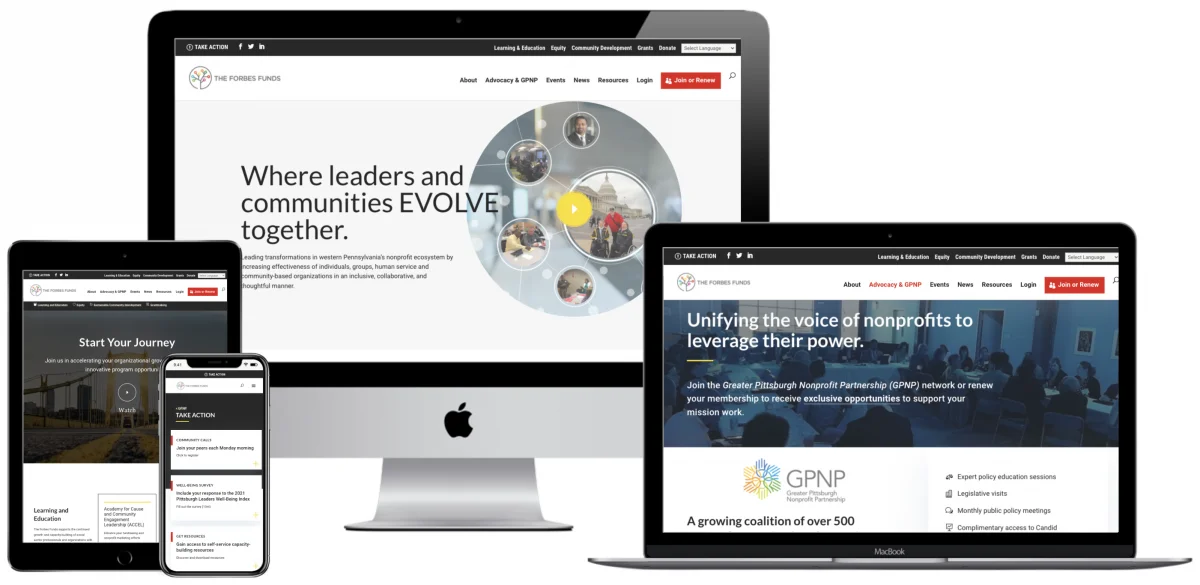Organic search (as opposed to paid search) is still the best, most trusted way to rank in Google’s SERP. But, how can you gain organic traction? How do you figure out what is and isn’t working in your SEO and marketing efforts? Most people think that the only way to do SEO and gain traction is through keyword optimization. Throw all the keywords together, write, write, write about those keywords, add them in your meta descriptions, your tags, everywhere. But there’s more to it than keywords. Here’s why you should validate your channels with the bullseye framework before optimizing for specific keywords.
- The bullseye framework: what is it?
- The three rings: the outer ring
- The three rings: the inner ring
- The three rings: the core
- How to begin
1. The bullseye framework: what is it?
SEO is a cog in the process wheel towards gaining traction and success. Any good SEO agency has tried and tested quick-fix methods, but much of helping sites rank well in Google is through trial and error–calculated trial and error, but trial and error all the same.
One way to determine which distribution channel to focus on (and pour your company’s hard-earned money in) is by using a technique called ‘the bullseye framework.’
In simple terms, you can imagine a three-ringed bullseye (like on a dartboard). The core inner ring is the stuff that’s working–but you may need to work from the outside in to discover what’s working. The middle, the inner ring is the stuff that has a promise–where you’ll invest money to see if one of these channels can become part of your ‘core’ strategy. And the very outer ring is the list of all possible distribution channels–the place where you narrow your ideas from. Let’s get into more detail.
2. The three rings: the outer ring
The outer ring is where you figure out what your channels are and what is possible. The outer ring can sometimes be labeled ‘the long-shot’ because it’s often not possible or even advisable to focus on all nineteen strategies at once (listed below). First of all, it would be incredibly expensive to explore all of these options. Second of all, if you later discover that most of your leads arrive via four channels, then you’ve just wasted money on fifteen channels that aren’t seeing enough return on investment. It’s bad for business. Figuring out what you need to do is a balancing act of the maximum value for minimum effort and cost–not that it’s effortless or cheap per se, but you understand the analogy.
Here are the most common 19 traction channels.
- Search engine optimization (SEO)
- Publicity
- Unconventional PR
- Search engine marketing (SEM)
- Social and display ads
- Offline ads
- Content marketing
- Email marketing
- Engineering as marketing
- Viral marketing
- Business development
- Sales
- Affiliate programs
- Existing platforms
- Trade shows
- Offline events
- Speaking engagements
- Community building
- Targeting blogs
If you don’t know which channels are working, you need to look at every one of these channels for your business and brainstorm where you think you can gain traction and narrow it down.
3. The three rings: the inner ring
The inner ring is sometimes called the ‘promising’ ring. Here, you identify the successful channels you have and go from there. When they gain further traction, you’ll be better aware of your customer profiles/personas and know-how more precisely to target your audience in the next stage.
If you aren’t sure what your successful channels are, here’s the stage where you figure out what is possible and probable. You then choose the three most promising channels at a strategy level. Then, you set a goal and find a measurable way to test that goal. You then set up the experiments–ways to test each channel–to either ‘validate’ or ‘invalidate’ a specified assumption.
For example, you can run a paid search (PPC) experiment to see which keywords performance and what you should optimize for. PPC ads have just become easier with Google’s new responsive search ads.
Remember to capture all of your data (a spreadsheet helps). Stage one may look something like a month of cheap testing (under $1,000) and stage two may mean you choose three bigger and longer tests (as you need bigger numbers to move the needle). These test will generally be more expensive.
4. The three rings: the core
The inner ring is left for the strategy that works and the strategy you should repeat for success. Once you have narrowed your channels and you know what works, you want to pick that core channel that will move the needed and get you the results you want. One determined, you’ll want to direct all efforts and resources here but you do want to continue your cheap testing and A/B testing to increase your chances of success. You may also want to try other channels as feeders for the core channel strategy. Once your channel has repeatable success you have identified your ‘core’ channel (i.e. what’s working). Continue to propel growth through this channel.
5. How to begin
You can begin by using the following five-step process.
- Brainstorm – take a look at the 19 channels and figure out which ones you can reasonably experiment with and in measurable ways for a reasonable cost ($1,000 ish)
- Rank – determine if your channels are reaping the benefits of your new efforts
- Prioritize – if you’re lucky and all your channels are working (or most of them), you’ll need to prioritize and figure out where to focus your effort further–another narrowing downstage–maximum returns for the minimum investment
- Test/measure results – continue to measure the results and see what’s working and increase efforts on the channel that works
- Focus/repeat the process – repeat the process until you have a well-oiled winning machine
A simple way to start narrowing it down is to create a three-column spreadsheet, each column representing one of the concentric circles in the bullseye. In the first column (inner), you’ll write the traction channels that seem promising right now. Then in the middle column (potential), you’ll narrow down the channels that could possibly work. Then the last column (long-shot), you’ll write down the channels that are long-shots.
Another way to begin is by researching how past and present companies in your sector have succeeded or failed at gaining traction. Many startup founders are happy to chat with newer companies to share what did and didn’t work in the past.
Figuring out where to put your money where your mouth is (figuratively speaking) is one of the best strategies you can use to grow your business. After all, there’s no point in throwing money at channels and strategies that aren’t working. Figure out what works early on so you can create more ROI and bigger profits margins to reinvest in your business.
Why not start with a free SEO audit?
Could an SEO overhaul help you gain traction? Begin your bullseye framework strategy with a free SEO audit with Key Medium or get in touch for a 15min marketing consultation.
Run Your SEO Audit
Elaine Frieman holds a Master’s Degree and is a UK-based professional editor, educational writer, and former marketing agency content writer where she wrote articles for disparate clients using SEO best practice. She enjoys reading, writing, walking in the countryside, traveling, spending time with other people’s cats, and going for afternoon tea.
